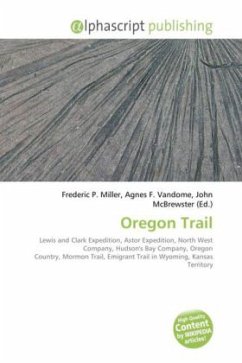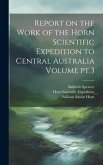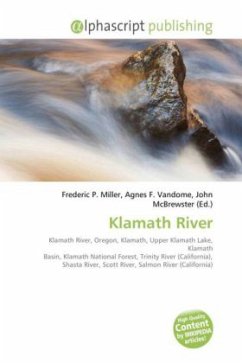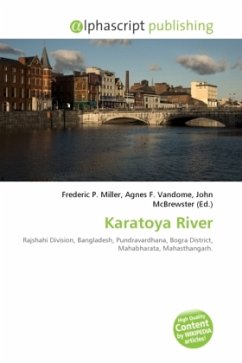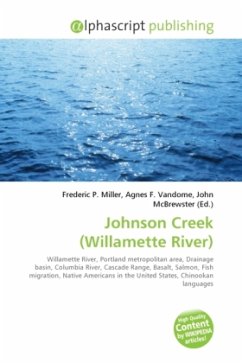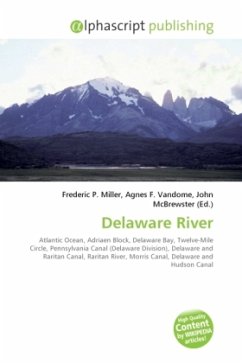The Kicking Horse River is a river located in the Canadian Rockies of southeastern British Columbia, Canada. The river was named in 1858, when James Hector, a member of the Palliser Expedition, was kicked by his packhorse while exploring the river. Hector survived and named the river and the associated pass as a result of the incident. The Kicking Horse Pass, which connects through the Rockies to the valley of the Bow River, was the route through the mountains subsequently taken by the Canadian Pacific Railway when it was constructed during the 1880s. The railway's Big Hill and associated Spiral Tunnels are in the Kicking Horse valley and necessitated by the steep rate of descent of the river and its valley. Kicking Horse Pedestrian Bridge in Golden is the longest authentic covered timber frame bridge in Canada.[citation needed] Planned as a community project by the Timber Framer's Guild, local volunteers were joined by carpenters and timber framers from the United States and from Europe. The bridge structure is 150 feet long, with a 210,000-pound Burr arch structure. The bridge was completed in September 2001.
Bitte wählen Sie Ihr Anliegen aus.
Rechnungen
Retourenschein anfordern
Bestellstatus
Storno


